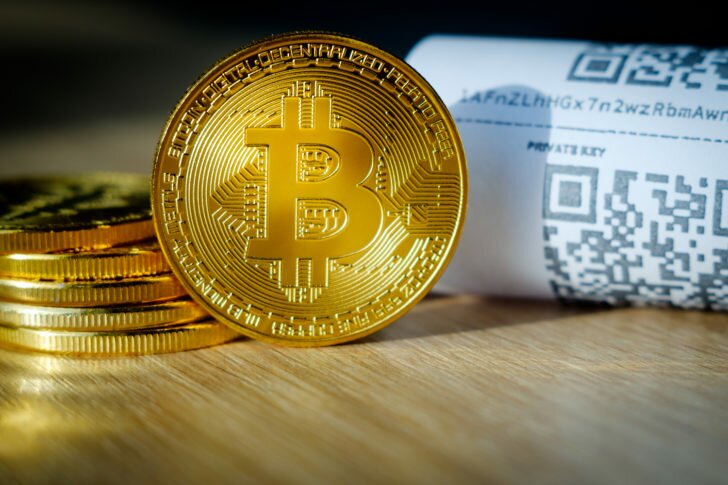So you’ve learned the basics about bitcoin, you’re excited about the potential and now you want to buy some*. But how?
(*Please, never invest more than you can afford to lose – cryptocurrencies are volatile and the price could go down as well as up.)
Bitcoin can be bought on exchanges, or directly from other people via marketplaces.
You can pay for them in a variety of ways, ranging from hard cash to credit and debit cards to wire transfers, or even with other cryptocurrencies, depending on who you are buying them from and where you live.

1 – set up a wallet
The first step is to set up a wallet to store your bitcoin – you will need one, whatever your preferred method of purchase. This could be an online wallet (either part of an exchange platform, or via an independent provider), a desktop wallet, a mobile wallet or an offline one (such as a hardware device or a paper wallet).
Even within these categories of wallets there is a wide variety of services to choose from, so do some research before deciding on which version best suits your needs.
You can find more information on some of the wallets out there, as well as tips on how to use them, here and here.
The most important part of any wallet is keeping your keys (a string of characters) and/or passwords safe. If you lose them, you lose access to the bitcoin stored there.
BUYING ONLINE
2 – open an account at an exchange
Cryptocurrency exchanges will buy and sell bitcoin on your behalf. There are hundreds currently operating, with varying degrees of liquidity and security, and new ones continue to emerge while others end up closing down. As with wallets, it is advisable to do some research before choosing – you may be lucky enough to have several reputable exchanges to choose from, or your access may be limited to one or two, depending on your geographical area.
The largest bitcoin exchange in the world at the moment in terms of US$ volume is Bitfinex, although it is mainly aimed at spot traders. Other high-volume exchanges are Coinbase, Bitstamp and Poloniex, but for small amounts, most reputable exchanges should work well. (Note: at time of writing, the surge of interest in bitcoin trading is placing strain on most retail buy and sell operations, so a degree of patience and caution is recommended.)
With the clampdown on know-your-client (KYC) and anti-money-laundering (AML) regulation, many exchanges now require verified identification for account setup. This will usually include a photo of your official ID, and sometimes also a proof of address.
Most exchanges accept payment via bank transfer or credit card, and some are willing to work with Paypal transfers. And most exchanges charge fees (which generally include the fees for using the bitcoin network).
Each exchange has a different procedure for both setup and transaction, and should give you sufficient detail to be able to execute the purchase. If not, consider changing the service provider.
Once the exchange has received payment, it will purchase the corresponding amount of bitcoin on your behalf, and deposit them in an automatically generated wallet on the exchange. This can take minutes, or sometimes hours due to network bottlenecks. If you wish (recommended), you can then move the funds to your off-exchange wallet.
BUYING WITH CASH
2 – choose a purchase method
Platforms such as LocalBitcoins will help you to find individuals near you who are willing to exchange bitcoin for cash. Also, LibertyX lists retail outlets across the United States at which you can exchange cash for bitcoin. And WallofCoins, Paxful and BitQuick will direct you to a bank branch near you that will allow you to make a cash deposit and receive bitcoin a few hours later.
ATMs are machines that will send bitcoin to your wallet in exchange for cash. They operate in a similar way to bank ATMs – you feed in the bills, hold your wallet’s QR code up to a screen, and the corresponding amount of bitcoin are beamed to your account. Coinatmradar can help you to find a bitcoin ATM near you.
(Note: specific businesses mentioned here are not the only options available, and should not be taken as a recommendation.)
